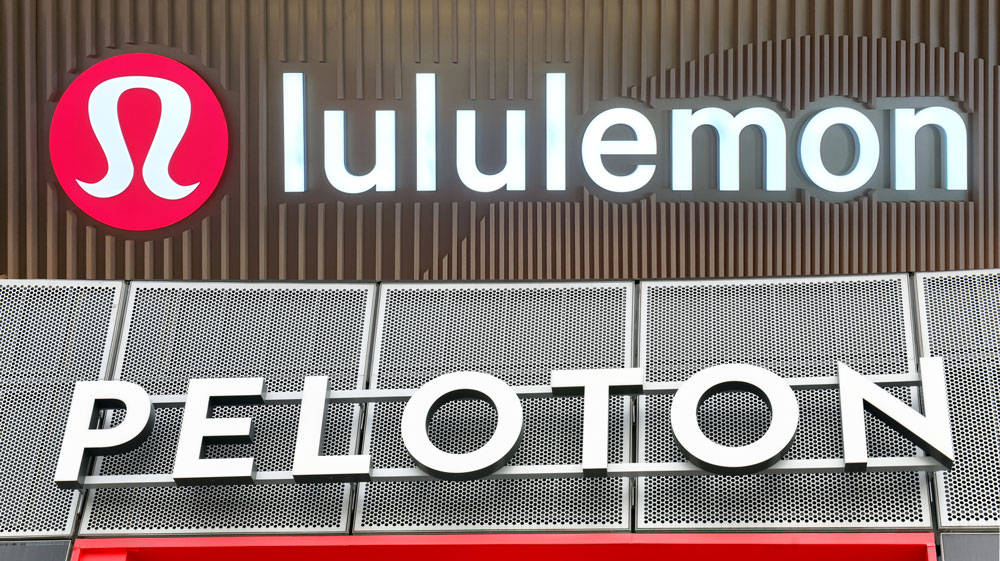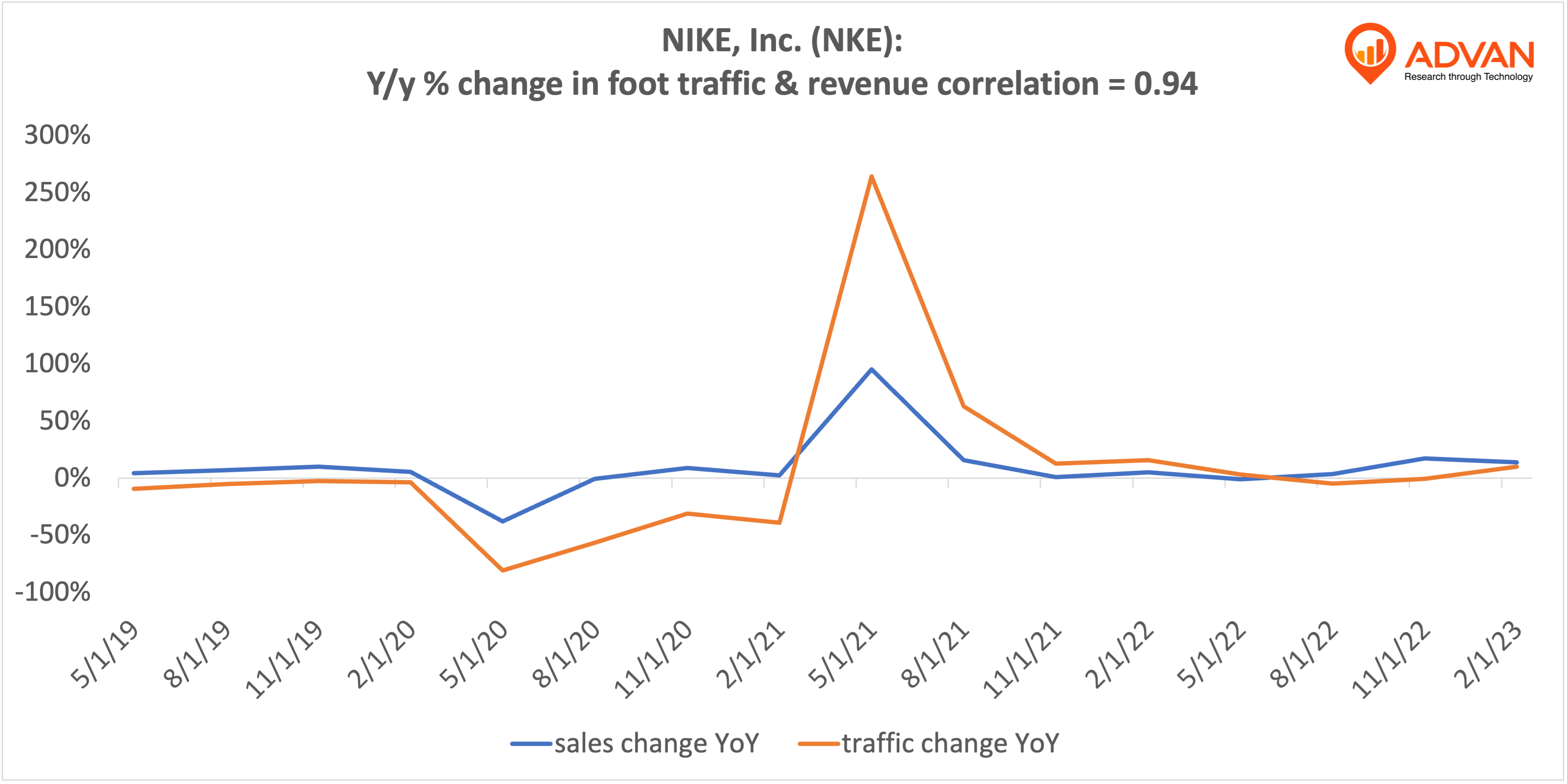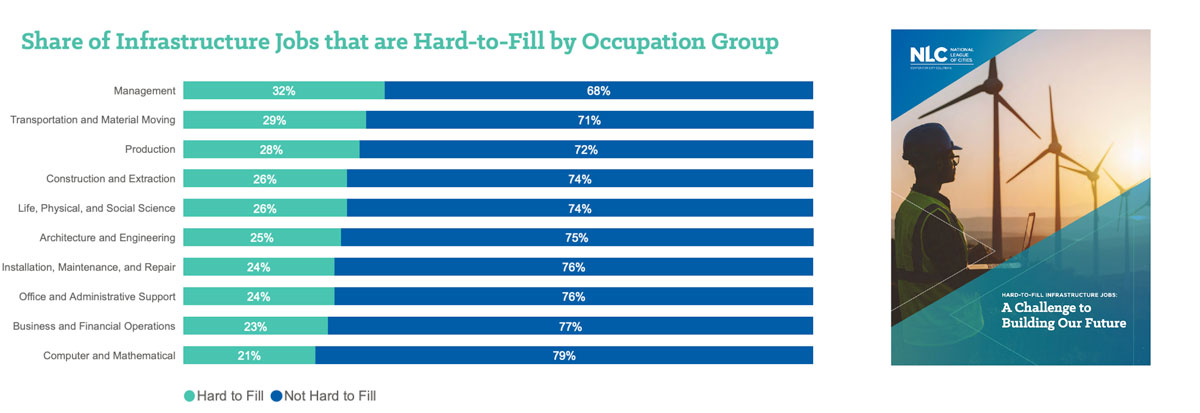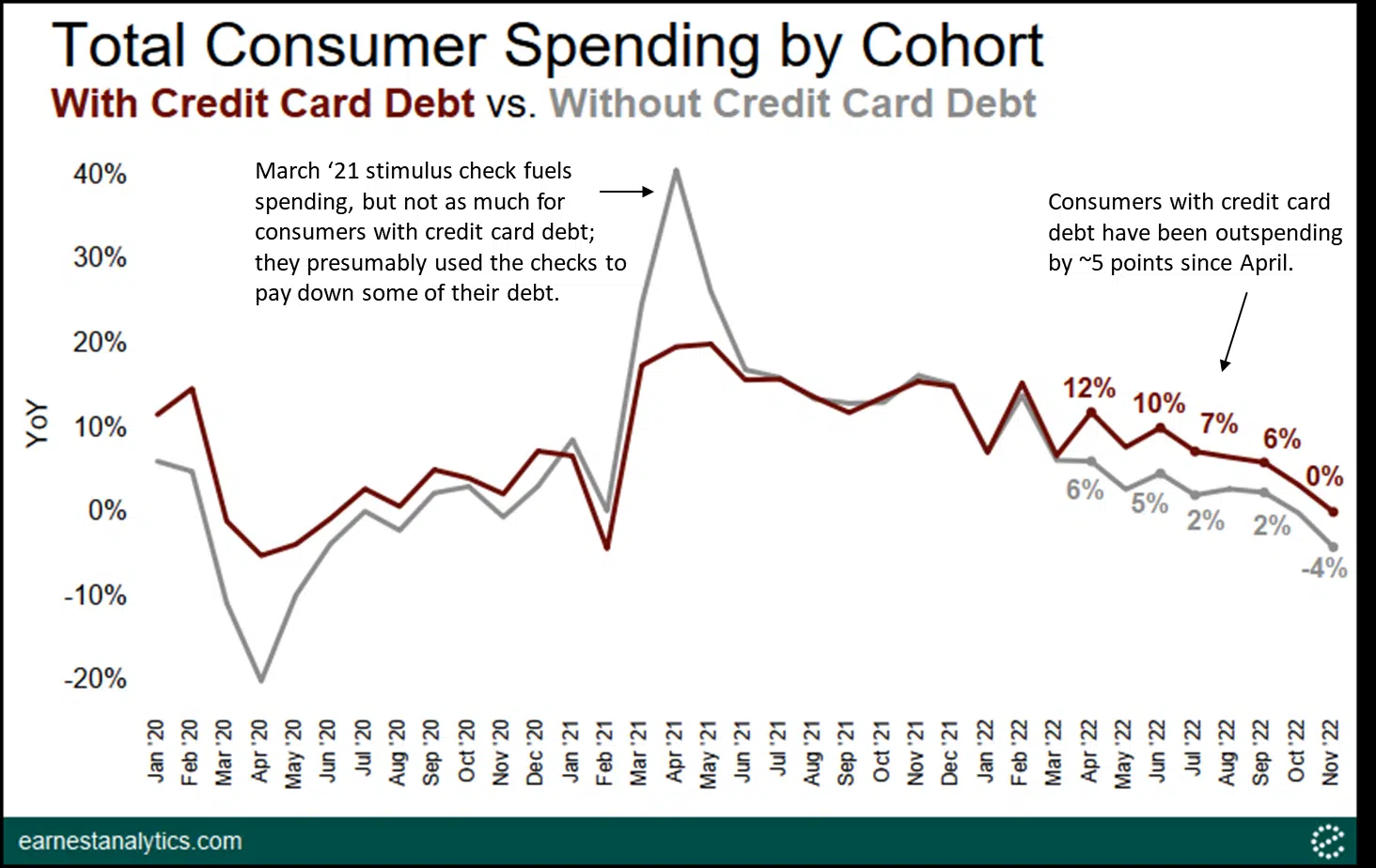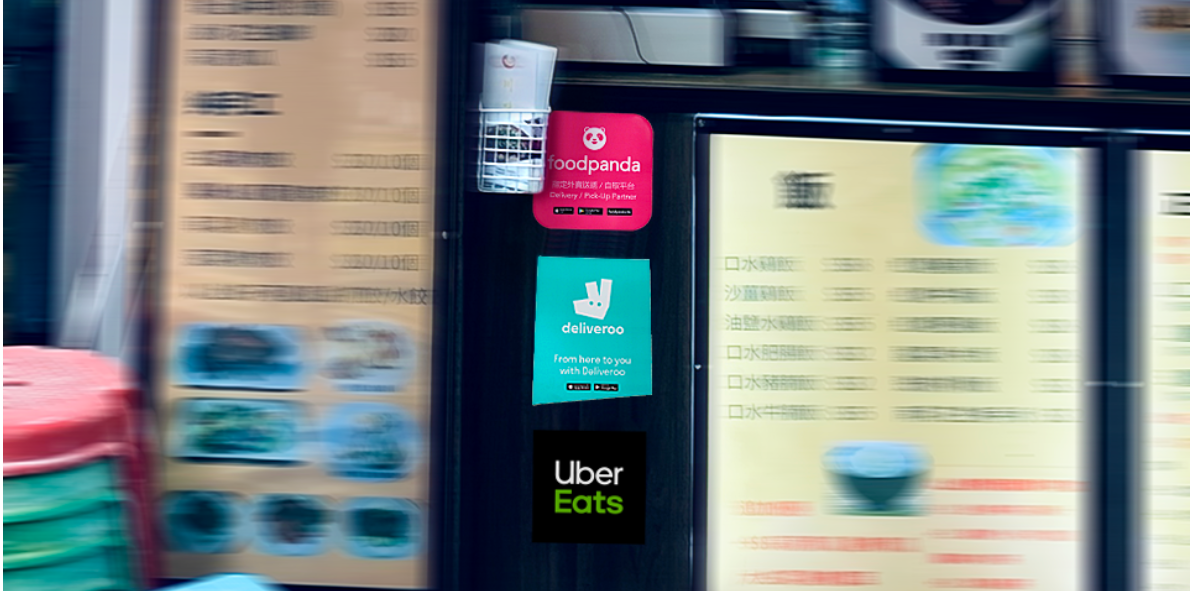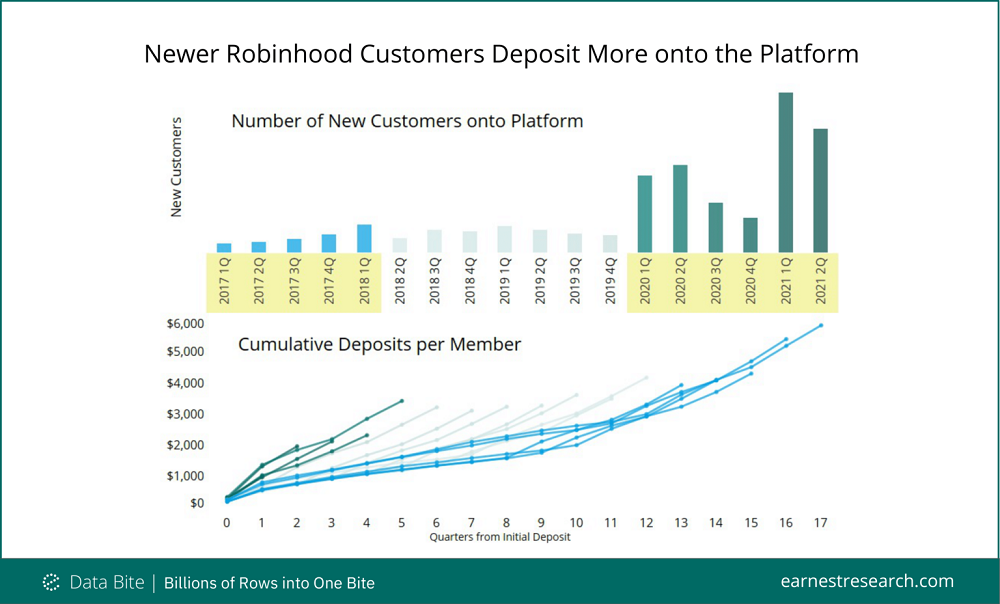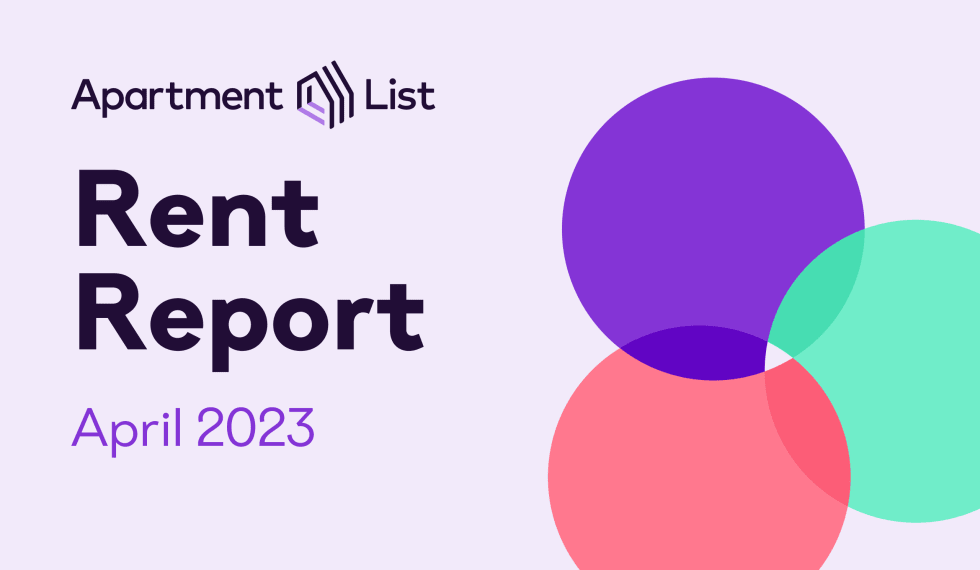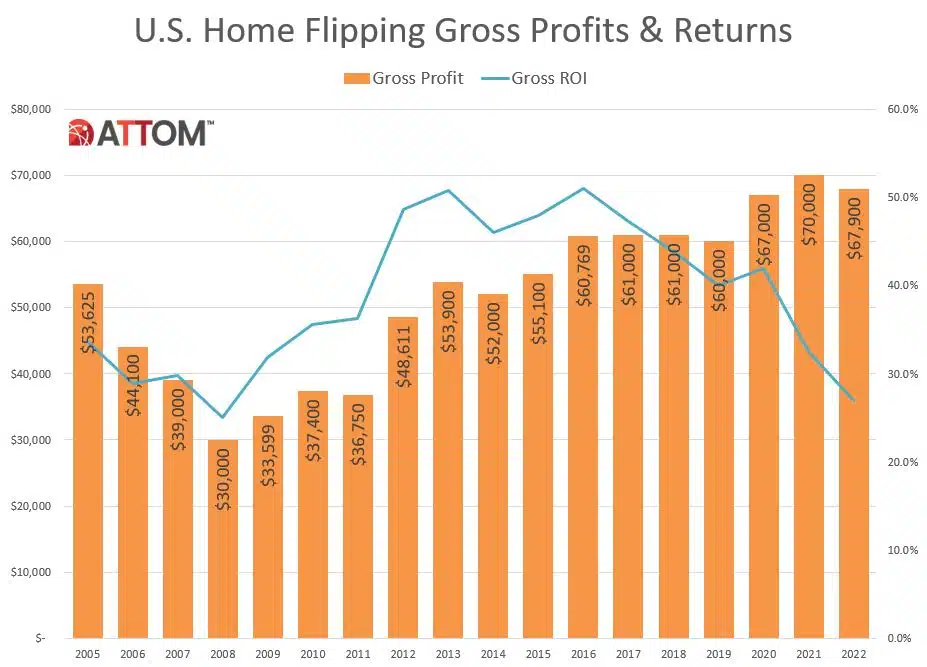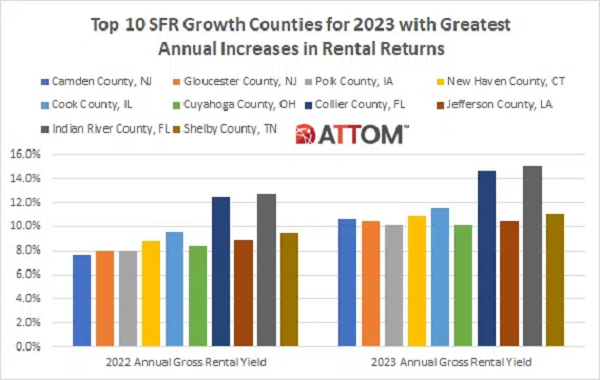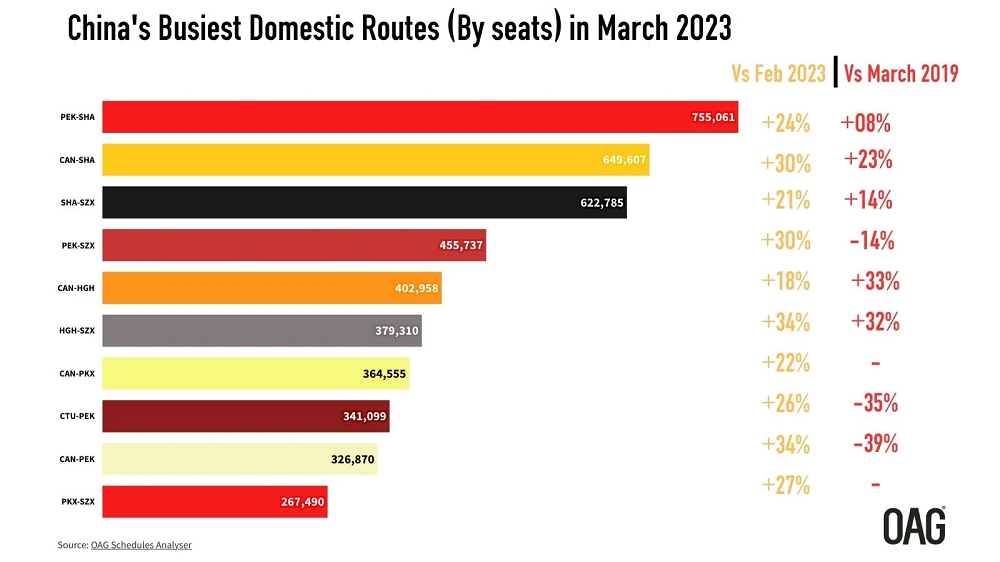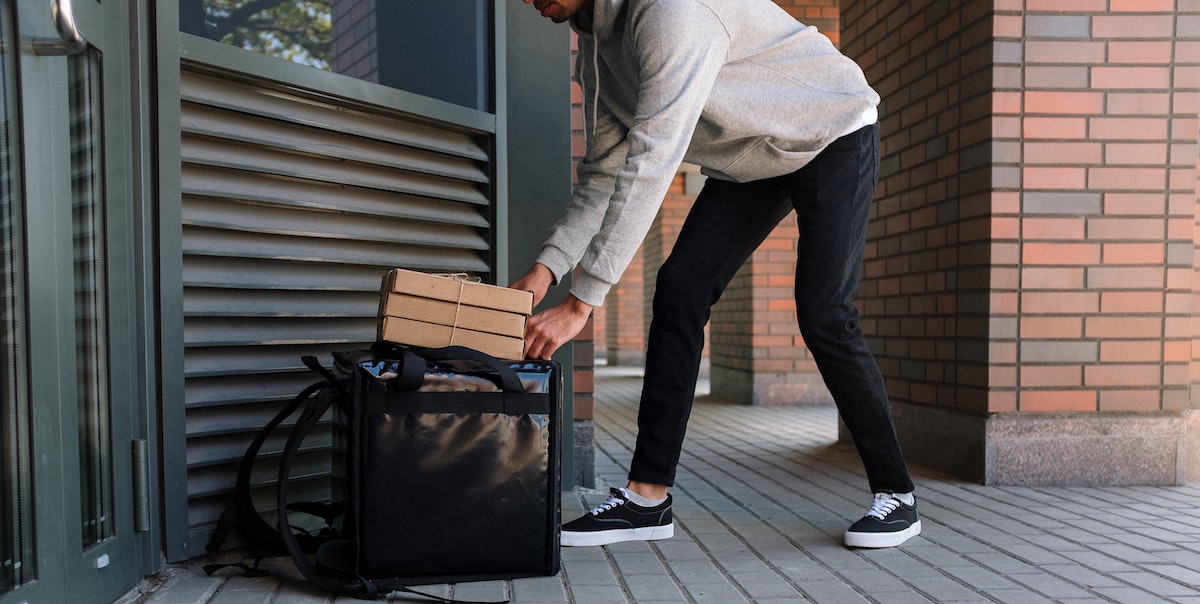One year after the initial lockdowns and stay at home orders across the groble, Americans are now driving a lot more, as measured by our miles driven index. More specifically, the last three weeks Advan’s miles driven index captured an increase in traffic as high as 40% nationwide compared to the pre-pandemic levels in February 2020. As the vaccines are being rolled out people’s confidence is picking up and in combination with certain COVID-related restrictions being lifted and the advent of Spring and Spring breaks, everyone seems to be making up for lost travel.
The Association of American Railroads (AAR) today reported U.S. rail traffic for the week ending March 13, 2021. For this week, total U.S. weekly rail traffic was 520,736 carloads and intermodal units, up 12.5 percent compared with the same week last year. Total carloads for the week ending March 13 were 230,684 carloads, up 2.1 percent compared with the same week in 2020, while U.S. weekly intermodal volume was 290,052 containers and trailers, up 22.4 percent compared to 2020.
In this Placer Bytes, we dive into At Home’s continued strength, the recoveries of Lululemon and Nike, and recently announced off-price expansions. Since early spring, At Home has been one of the most impressive brands in retail cashing in on the home furnishings surge that has lasted into 2021. The brand saw year-over-year growth deep into 2020 with visits in November, December, and January up 19.6%, 3.5%, and a massive 43.3% respectively. And while February did see a 1.1% dip year over year, the situation is hardly ‘bad’ with the month seeing fewer overall days than a year prior.
In-person visits to UK high street banks has remained static at around 50% of pre-pandemic levels since the start of 2020, with the number of visits climbing just 6pts during February despite the end of the financial year approaching. Bank visits dropped to around 40% of the January 2020 average during the first national lockdown before recovering to 85pts over the summer. However, despite a brief peak to 70% of ‘usual’ levels in the run up to Christmas, activity remains largely flat.
Historically, when it comes to recessions, home prices don’t always dovetail with economic instability. In fact, home sales numbers have a much tighter relationship with recessions. The current recession is unique, however, and that uniqueness can be seen in the behavior of the national housing market.
Subscription boxes have been booming during the pandemic, enabling consumers to shop for products such as food, alcohol, beauty, and clothing from the comfort of homes. As schools nationwide transitioned to remote learning–with several remaining online into 2021–another area that’s been experiencing renewed interest is subscription boxes for kids.
In this Placer Bytes, we provide critical context for a difficult February and break down the latest beneficiary of the Chicken Sandwich. February was a tough month for offline retail with a combination of multiple instances of extreme inclement weather throughout the country, continued COVID effects and one fewer day limiting the overall monthly output. This led to weeks in February where several categories hit low points they hadn’t seen since the summer, and in some cases, early June. While this is hardly a positive note for the wider offline retail space, once again, an immediate recovery began following the dip. By late February, visits were again back on the rise.
Total construction starts fell 2% in February to a seasonally adjusted annual rate of $797.3 billion. Nonbuilding construction starts posted a solid gain after rebounding from a weak January, however, residential and nonresidential building starts declined, leading to a pullback in overall activity. The Dodge Index fell 2% in February, to 169 (2000=100) from January’s 171.
U.S. single-family rent growth remained strong in January 2021, increasing 3.8% year over year, showing solid improvement from the low of 1.4% reported for June 2020, and up from the 2.9% rate recorded for January 2020, according to the CoreLogic Single-Family Rent Index (SFRI). The index measures rent changes among single-family rental homes, including condominiums, using a repeat-rent analysis to measure the same rental properties over time.
After a rough second quarter in 2020 when the multifamily industry was dealing with the full impact of the COVID-19 pandemic, national apartment demand rebounded strongly in the second half of the year. It was this resurgence, above and beyond demand seen in the same portion of 2019, that buoyed overall annual performance numbers and prevented dramatic declines in average occupancy and rent. This positive momentum has carried over into the new year so far with net absorption in both January and February surpassing the same months last year.
If you’re happy 2020 is behind us, you’re not alone. The year the coronavirus pandemic started, was a year most people couldn’t wait to end. However it wasn’t all bad, with many initial public offerings (IPOs) coming to market including DoorDash (DASH), Airbnb (ABNB), Asana (ASAN), Snowflake (SNOW) and Palantir (PLTR). So what do we have to look forward to in 2021? IPOs, IPOs, and more IPOs.
When many Americans sheltered in their homes early in the coronavirus pandemic, meal delivery sales reached new heights. Our data reveals that in February, sales for meal delivery services grew 119 percent year-over-year, collectively. Shelter-in-place orders may also be driving more Americans to make their first meal delivery purchase. In February, 47 percent of U.S. consumers had ever ordered from one of the services in our analysis, up from 37 percent a year ago.
How strictly have businesses been adhering to COVID restrictions? We'll be taking a look at Washington State, which has a COVID reopening plan that staggers reopening phases by county. Why is this handy? Because we can look at the "reopening phase" changing in some counties but not others. This gives us a baseline of behavior in places where the rules aren't changing, so we can see if people actually change their behavior when the rules change.
We checked back in on some of Darden Restaurants’s top brands to see how the recovery is going thus far into the new year. When looking at year-over-year visits from early 2020, it’s clear that Darden was poised for a strong year, with four of its top restaurants showing year-over-year growth in both January and February 2020. The Yard House was leading the way with year over year visit increases of 14.1% and 22.7% respectively for those two months, but Olive Garden, Cheddar’s and LongHorn Steakhouse were seeing very impressive jumps.
Transits through the UK’s largest ports of entry have risen past pre-Covid levels for the first time in over a year, as high-frequency data from Huq shows how international trade could be bouncing back after reaching record lows. Journeys through the likes of Felixtstowe, Dover and Southhampton had recovered over last summer to around 90% of pre-pandemic levels before the latest national lockdown saw this figure drop to around 75%.
Another one million additional seats added back week-on-week, carry on at this rate and capacity will be back to pre-pandemic levels by this time next year; if only it was that simple. Whilst the recent pattern of capacity growth is positive, new spikes of COVID in Eastern Europe and particularly Lower South America continue to cause concern whilst Japan’s airlines have announced capacity cuts of over 30% for April across their domestic networks.
Not all British brands can make it in the US. Topshop closed up shop and Primark hasn’t become the dominant force many expected. While Asos and Boohoo have had some success in the market, how does it compare to their performance at home? In today’s Insight Flash, we compare trends for the two brands across the pond, looking at transaction size as well as total spend. Since the beginning of 2019, Boohoo spend growth has dramatically outperformed overall Family Apparel/Accessories in the UK.
Puzzle and Strategy were the two highest grossing games categories in the US in 2020. Puzzle performed better on iOS, while Strategy performed better on Google Play. As we navigate the post-IDFA world, we expect both of these categories to continue to bring in the biggest bucks. However, Puzzle games, with their slightly simpler gameplay, may have the potential to overtake Strategy in 2021.
Hotels in the Middle East have shown resilience throughout the pandemic, with performance at higher levels compared to other parts of the world. Those higher levels have been highlighted by the region’s key markets. Dubai was virtually the only tourist destination open for international leisure travel, while Abu Dhabi hosted the International Defense Exhibition (IDEX) in person in late February 2021 with zero quarantine requirements for international arrivals.
Over the past few years the number of Special Purpose Acquisition Companies (SPACs) going public has exploded. A number of those have completed an acquisition and are now trading as that target company. Using SPACtrack.net, we took a look at a subset of these companies hoping to determine whether the hiring patterns of these SPACs could tell us something about their future performance. In our analysis, we separate our SPACs into groups by performance, and dig deeper into each group’s hiring practices to determine what differentiates them.








